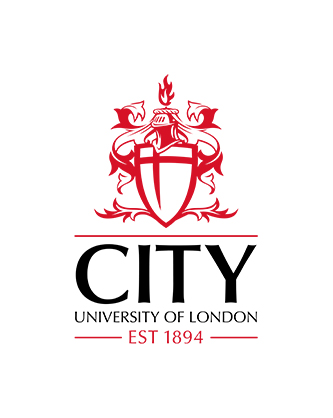State-of-the-Art Artificial Intelligence Techniques in Structural Engineering: A Review of Applications and Prospects
Aziz, T., Osabel, D. M., Kim, Y. , Kim, S., Bae, J.  ORCID: 0000-0003-1580-8718 & Tsavdaridis, K.
ORCID: 0000-0003-1580-8718 & Tsavdaridis, K.  ORCID: 0000-0001-8349-3979 (2025).
State-of-the-Art Artificial Intelligence Techniques in Structural Engineering: A Review of Applications and Prospects.
Results in Engineering, 28,
article number 107882.
doi: 10.1016/j.rineng.2025.107882
ORCID: 0000-0001-8349-3979 (2025).
State-of-the-Art Artificial Intelligence Techniques in Structural Engineering: A Review of Applications and Prospects.
Results in Engineering, 28,
article number 107882.
doi: 10.1016/j.rineng.2025.107882
Abstract
Artificial intelligence (AI) has emerged as a key driver of modern technological development, with widespread applications across various domains, including civil engineering. Structural engineering, a subdiscipline of civil engineering, requires the evaluation of the suitability of different structural components before the final construction phase and during recycling processes. Traditionally, this evaluation relies on laboratory experiments and highly complex numerical simulations, which are often impractical due to space and time constraints, equipment complexity, and high costs. To address these challenges, researchers worldwide have developed AI-based solutions for applications such as structural damage detection and the prediction of failure loads and patterns. These solutions offer predictive accuracy comparable to that of experimental and numerical analyses. This review presents a detailed analysis of 100 AI27 integrated studies in structural engineering conducted between 2020 and 2024, with a focus on concrete, steel, and composite structures, particularly building frames. The study summarizes the performance benchmarking of commonly used AI algorithms, such as neural networks, genetic algorithms, tree-based algorithms, and boosting methods, reporting accuracy scores above 0.80 (out of 1.00), and highlights average accuracy values of 0.90 for optimized and hybrid AI approaches. Additionally, the review explores emerging AI applications, including retrofitting technologies, buckling-restrained braces, dampers, column-beam connections, and life-cycle assessment. Critical analysis identifies key limitations of recent AI-based research, especially those implemented regionally, and proposes novel solutions to overcome existing challenges.
| Publication Type: | Article |
|---|---|
| Publisher Keywords: | Artificial Intelligence, Structural Engineering, Reinforced Concrete Structures, Steel Structures, Structural Safety |
| Subjects: | Q Science > QA Mathematics > QA75 Electronic computers. Computer science T Technology > TA Engineering (General). Civil engineering (General) |
| Departments: | School of Science & Technology School of Science & Technology > Department of Engineering |
| SWORD Depositor: |
Available under License Creative Commons Attribution Non-commercial No Derivatives.
Download (2MB) | Preview
Export
Downloads
Downloads per month over past year


 Metadata
Metadata Metadata
Metadata